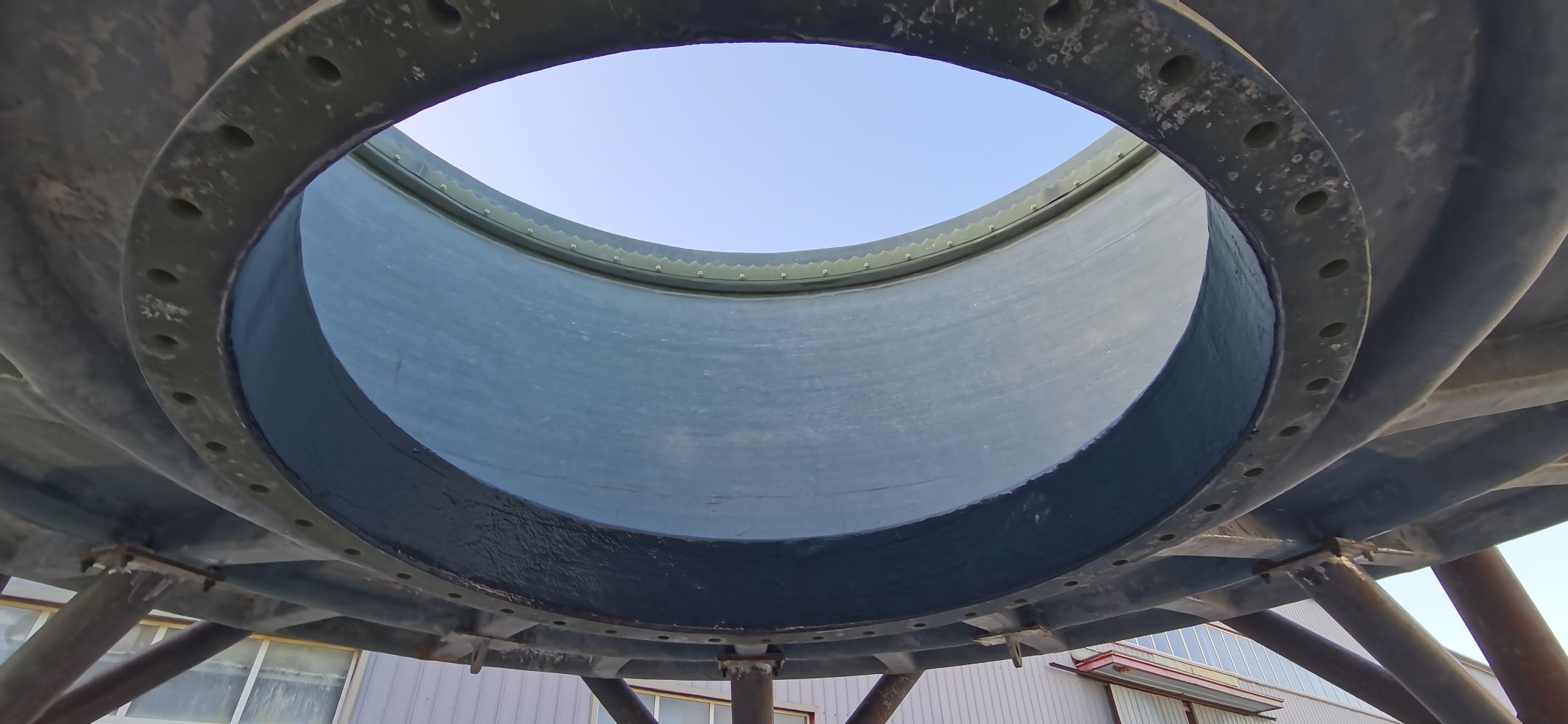
-
 Afrikaans
Afrikaans -
 Albanian
Albanian -
 Amharic
Amharic -
 Arabic
Arabic -
 Armenian
Armenian -
 Azerbaijani
Azerbaijani -
 Basque
Basque -
 Belarusian
Belarusian -
 Bengali
Bengali -
 Bosnian
Bosnian -
 Bulgarian
Bulgarian -
 Catalan
Catalan -
 Cebuano
Cebuano -
 China
China -
 China (Taiwan)
China (Taiwan) -
 Corsican
Corsican -
 Croatian
Croatian -
 Czech
Czech -
 Danish
Danish -
 Dutch
Dutch -
 English
English -
 Esperanto
Esperanto -
 Estonian
Estonian -
 Finnish
Finnish -
 French
French -
 Frisian
Frisian -
 Galician
Galician -
 Georgian
Georgian -
 German
German -
 Greek
Greek -
 Gujarati
Gujarati -
 Haitian Creole
Haitian Creole -
 hausa
hausa -
 hawaiian
hawaiian -
 Hebrew
Hebrew -
 Hindi
Hindi -
 Miao
Miao -
 Hungarian
Hungarian -
 Icelandic
Icelandic -
 igbo
igbo -
 Indonesian
Indonesian -
 irish
irish -
 Italian
Italian -
 Japanese
Japanese -
 Javanese
Javanese -
 Kannada
Kannada -
 kazakh
kazakh -
 Khmer
Khmer -
 Rwandese
Rwandese -
 Korean
Korean -
 Kurdish
Kurdish -
 Kyrgyz
Kyrgyz -
 Lao
Lao -
 Latin
Latin -
 Latvian
Latvian -
 Lithuanian
Lithuanian -
 Luxembourgish
Luxembourgish -
 Macedonian
Macedonian -
 Malgashi
Malgashi -
 Malay
Malay -
 Malayalam
Malayalam -
 Maltese
Maltese -
 Maori
Maori -
 Marathi
Marathi -
 Mongolian
Mongolian -
 Myanmar
Myanmar -
 Nepali
Nepali -
 Norwegian
Norwegian -
 Norwegian
Norwegian -
 Occitan
Occitan -
 Pashto
Pashto -
 Persian
Persian -
 Polish
Polish -
 Portuguese
Portuguese -
 Punjabi
Punjabi -
 Romanian
Romanian -
 Russian
Russian -
 Samoan
Samoan -
 Scottish Gaelic
Scottish Gaelic -
 Serbian
Serbian -
 Sesotho
Sesotho -
 Shona
Shona -
 Sindhi
Sindhi -
 Sinhala
Sinhala -
 Slovak
Slovak -
 Slovenian
Slovenian -
 Somali
Somali -
 Spanish
Spanish -
 Sundanese
Sundanese -
 Swahili
Swahili -
 Swedish
Swedish -
 Tagalog
Tagalog -
 Tajik
Tajik -
 Tamil
Tamil -
 Tatar
Tatar -
 Telugu
Telugu -
 Thai
Thai -
 Turkish
Turkish -
 Turkmen
Turkmen -
 Ukrainian
Ukrainian -
 Urdu
Urdu -
 Uighur
Uighur -
 Uzbek
Uzbek -
 Vietnamese
Vietnamese -
 Welsh
Welsh -
 Bantu
Bantu -
 Yiddish
Yiddish -
 Yoruba
Yoruba -
 Zulu
Zulu
Large Diameter Fiberglass Pipes for Enhanced Durability and Versatile Applications in Construction
The Advantages of Large Diameter Fiberglass Pipes in Modern Infrastructure
The advancement of infrastructure materials has played a crucial role in the development of urban environments and industrial applications. Among these innovations, large diameter fiberglass pipes have emerged as a game-changer in various fields, including water distribution, wastewater management, and industrial processes. This article explores the benefits, applications, and future potential of large diameter fiberglass pipes.
Material Composition and Properties
Fiberglass pipes, also known as Fiber Reinforced Polymer (FRP) pipes, are composed of a thermosetting resin reinforced with glass fibers. This unique combination provides numerous advantages over traditional materials such as steel, concrete, and plastic. Large diameter fiberglass pipes are lightweight, corrosion-resistant, and capable of withstanding extreme environmental conditions. Their ability to resist chemicals and allow for smooth internal surfaces reduces friction losses, making them an efficient choice for transporting fluids over long distances.
Durability and Longevity
One of the standout features of fiberglass pipes is their remarkable durability. Unlike metal pipes that are prone to rust and corrosion, fiberglass pipes maintain their structural integrity for decades, even in harsh environmental settings. Studies suggest that fiberglass pipes can last up to 50 years or more with minimal maintenance. This longevity not only reduces replacement costs but also minimizes the disruption associated with construction and repair activities.
Cost-Effectiveness
When considering the total life cycle cost, large diameter fiberglass pipes often prove to be more cost-effective than their metal counterparts. Although the initial investment may be higher, the long-term savings from reduced maintenance, lower energy costs due to improved flow characteristics, and extended service life make fiberglass pipes a smart choice. Furthermore, their lightweight nature allows for easier installation and less heavy equipment usage, translating into lower labor costs and a quicker project timeline.
large diameter fiberglass pipe

Environmental Considerations
In an age where sustainability is paramount, the environmental impact of infrastructure materials is under increasing scrutiny. Fiberglass pipes are an environmentally friendly option as they are produced with less energy compared to traditional materials. Moreover, their resistance to leakage contributes to the conservation of water resources, an essential consideration in today’s water-scarce world. Their recyclability also adds to their green credentials, as decommissioned pipes can be repurposed rather than sent to landfills.
Applications in Various Sectors
Large diameter fiberglass pipes have a wide range of applications across various sectors. In municipal water supply systems, they serve as reliable conduits for the delivery of potable water. In wastewater treatment plants, they are employed for transporting effluents due to their chemical resistance. Industrial applications include transporting corrosive chemicals, slurries, and even in oil and gas exploration where non-metallic options are preferred for their lightweight and low maintenance properties.
Future Potential
The future of large diameter fiberglass pipes looks promising as advancements in technology continue to enhance their performance features. Innovations such as improved resin formulations and enhanced manufacturing techniques are expected to broaden their applications even further. Additionally, the increasing emphasis on infrastructure modernization and sustainable practices suggests that the demand for fiberglass pipes will continue to rise.
Conclusion
In conclusion, large diameter fiberglass pipes represent a significant advancement in materials science, offering remarkable advantages in durability, cost-effectiveness, and environmental sustainability. Their versatility allows for widespread application across various sectors, making them an invaluable asset in the evolving landscape of modern infrastructure. As industries increasingly recognize the benefits of fiberglass, it is likely that these pipes will play a pivotal role in shaping future developments.









